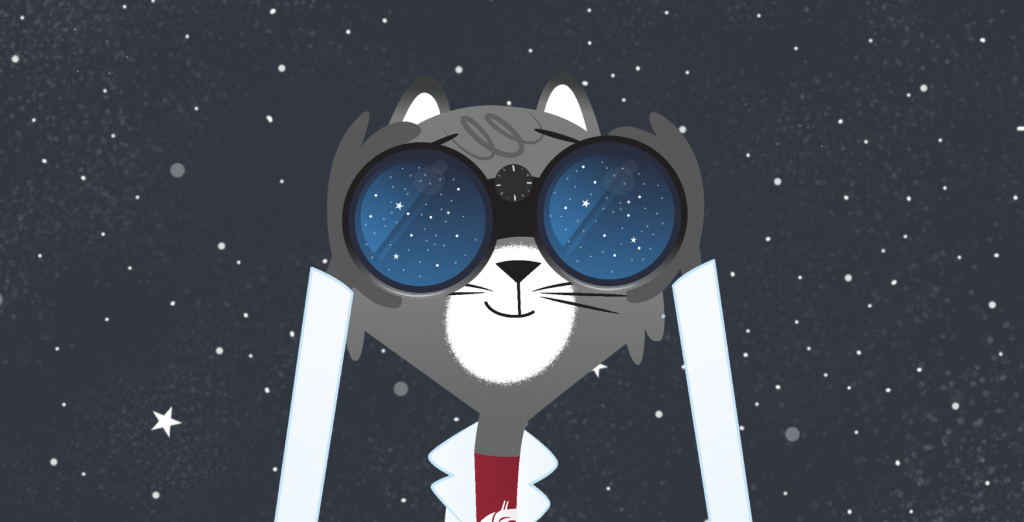Dr. Universe: How did Saturn’s rings form? -Amelia, 9, Washington State
Dear Amelia,
We still don’t know exactly how the rings around Saturn formed, but scientists who study Saturn’s rings have come up with a couple of ideas.
One common theory many scientists agree upon is that Saturn’s rings are made from the little leftover pieces of what used to be a moon.
My friend David Atkinson is really curious about the solar system and told me more about it. He is a graduate of Washington State University and now works at the NASA Jet Propulsion Laboratory. He also worked on the Cassini-Huygens space research mission which helped us learn more about Saturn, Saturn’s large moon Titan, and the entire Saturn system.
He said that when we investigate questions about Saturn’s rings, it helps to know about both moons and gravity.
Moons are usually smaller than their planets. Our Earth has just one moon, but Saturn has 82 moons. Each moon has a name, such as Titan, Enceladus, Mimas, Dione — just to name a few.
According to NASA, there are likely another 29 moons around Saturn, but we are still waiting to confirm the discoveries and give the moons their names.
Saturn, like Earth and other planets, also has gravity around it. The gravity gets weaker the further away you travel from the planet.
Atkinson said that for each moon, Saturn’s gravity on the side of the moon that faces the planet is stronger than the gravity on the side that faces away from the planet.
“The gravity stretches the moon out a little bit,” he said. We call this a tidal force.
He told me the story about a scientist named Édouard Roche who figured out that if a moon gets close enough to a planet, this stretching force will be so strong that it can break a moon apart.
“The theory is there was a small moon of Saturn that got too close to the planet. That small moon got inside Saturn’s Roche Limit, or inside that special distance, and the tidal force broke the moon into pieces,” Atkinson said. “Those pieces spread themselves around the planet and that is the ring.”
Throughout the years, scientists have been able to study the size, thickness and materials that make up Saturn’s rings. We’ve learned that the rings are made up of rocks, ice and dust. Scientists have also asked what would happen if we took all of the materials that make up Saturn’s rings and packed them together.
“It turns out that it would pack together into a pretty small-size moon,” Atkinson said.
You know, Saturn isn’t the only planet that has ring systems. Jupiter, Uranus and Neptune also have rings, too. But the rings are pretty faint and much harder to see, even with a telescope.
There is still so much to discover about our solar system and the worlds beyond our Earth. Maybe one day you can help us learn more about the way different planets form and help us find answers to big questions just like this one.
Sincerely,
Dr. Universe

Know a kid with a science question?
With help from my friends at Washington State University, we’re investigating tough and smart questions from curious kids around the world.
